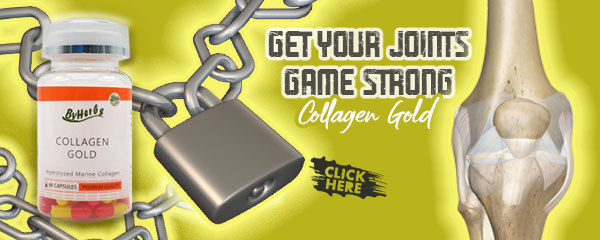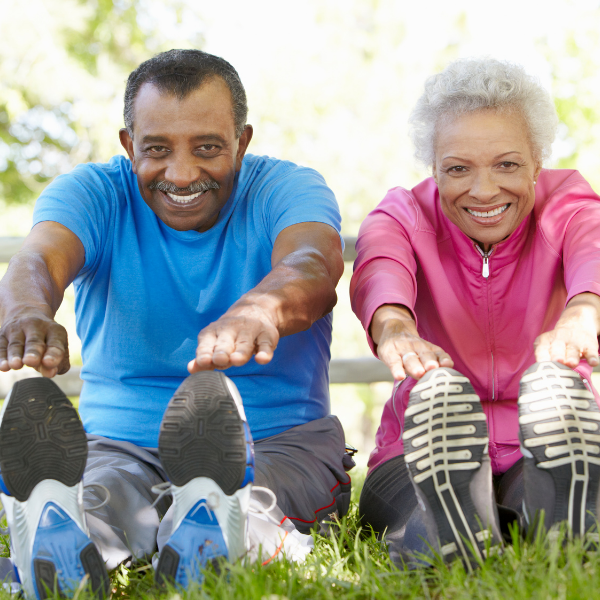Do you shy away from the gym for fear of damaging your joints? Here’s why you needn’t be worried.
“I don’t do that exercise because it’s bad for your joints.” Sound familiar? It’s a common reason people avoid exercises like running, weight training or some classes.
But this assumption that exercise damages your joints has been found to be false. In fact, studies conducted over the past decade have shown that exercise does benefit your joints, helping to both build healthy cartilage and to build support around the joints, keeping them stronger for longer.

Building strong cartilage in your joints
Arthritis happens when the cartilage that cushions your joints wears away leaving bone rubbing on bone, which causes pain and discomfort. This isn’t the result of exercise, but of injury and constant low-level damage over time. Research has shown that exercise can actually reinforce cartilage.
Your joints are surrounded by a thin piece of tissue connected to your blood supply called the synovial membrane. This membrane produces the fluid that lubricates your joints. Cartilage has no independent blood supply, so instead, it gets its nutrients from this fluid. When exercising your blood pumps faster around your body, providing the membrane with a plentiful supply of nutrients which are infused into the fluid. What’s more, running and other high-impact exercises, have been shown to force this nutrient-rich fluid into the cartilage, keeping it healthy.
Of course, if you already suffer from joint pain, high-impact exercises that aggravate this pain should be avoided, at least in the short term, but there’s plenty of exercises that you can do to build strength in your joints.
Muscles and ligaments – your joints’ support network
Your knees, hips and other joints rely on a supportive network of muscles and ligaments to keep them sturdy. So exercises that build these muscles and strengthen the ligaments will strengthen your joints, making you less prone to injury in the long run.
Strength training uses weight to gradually build muscle tone. If you’re new to exercise, you should begin with bodyweight exercises, working your way onto weight machines, which provide stability while you train, and then move onto free weights such as kettlebells or dumbbells.
How exercise can relieve joint pain
An added benefit of exercise is it can help to prevent and relieve pain in your joints. Building strength in your joints can help improve your posture and prevent a cascade of injuries as a result, and the more you move, the less stiff and fatigued you’ll feel.
Exercise can also affect your mental outlook, flooding your brain’s receptors with ‘feel good’ endorphins which both make you feel happier and change your perception of pain. You might find you’re more motivated and that pain becomes more manageable after exercise.


